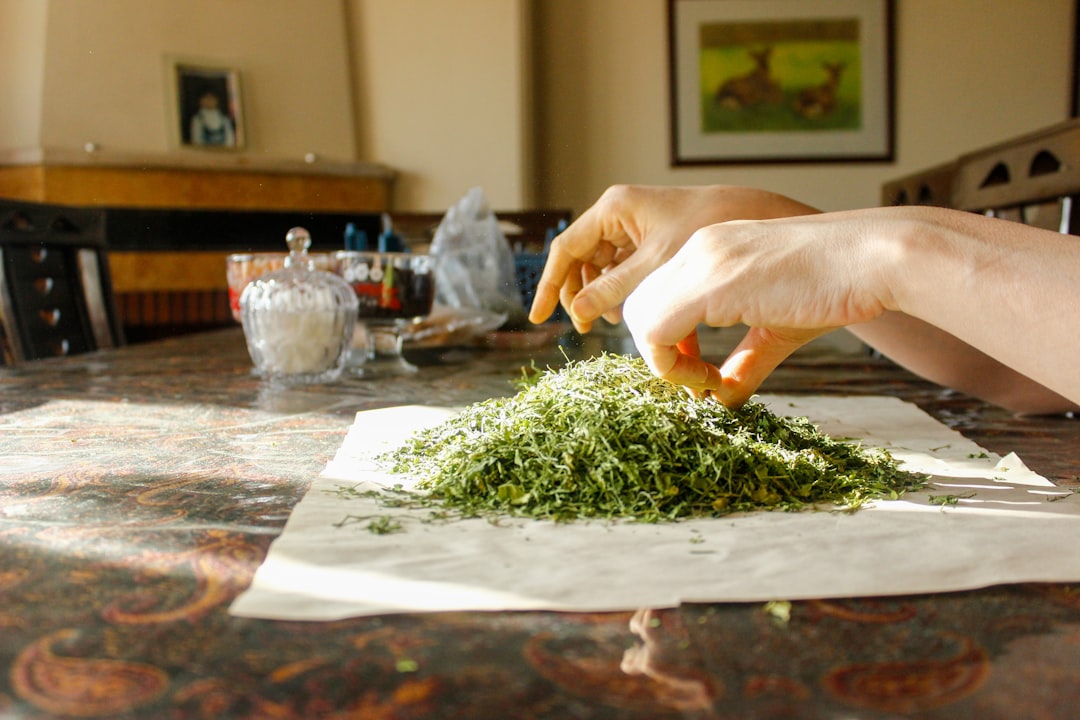The Secret to Thriving Snake Plants: Mastering Watering

Houseplants have become a staple in many homes, adding a touch of nature and a breath of fresh air to our living spaces. Among the most popular houseplants is the snake plant, known for its striking appearance and low - maintenance nature. However, one of the most crucial aspects of caring for a snake plant is getting the watering right. In this article, we'll explore how often to water a snake plant and the best ways to provide the appropriate amount of moisture.
Snake plants, scientifically known as Sansevieria, are native to arid regions of West Africa. This means they are adapted to survive in conditions with limited water. Their thick, fleshy leaves store water, allowing them to withstand droughts. As a result, over - watering is one of the most common mistakes that plant owners make when it comes to snake plants.
So, how often should you water a snake plant? The frequency of watering depends on several factors, including the season, the size of the plant, the type of potting soil, and the environment in which the plant is kept. During the growing season, which typically runs from spring to summer, snake plants need more water. However, this doesn't mean you should water them frequently. A good rule of thumb is to water your snake plant every two to three weeks. This gives the soil enough time to dry out between waterings.
In the winter months, when the plant is in a dormant state, it requires even less water. You can reduce the watering frequency to once a month or even less. This is because the plant's growth slows down, and it doesn't need as much moisture to survive. Over - watering during the winter can lead to root rot, which can be fatal for the snake plant.
Another important factor to consider is the type of potting soil. Snake plants prefer well - draining soil. A mixture of potting soil, perlite, and sand is ideal. Well - draining soil allows excess water to flow out of the pot, preventing water from pooling around the roots. If the soil retains too much water, it can suffocate the roots and lead to root rot.
When it comes to watering your snake plant, the method is just as important as the frequency. The best way to water a snake plant is to soak the soil thoroughly and then let it dry out completely before watering again. You can water the plant at the base, near the soil, rather than pouring water over the leaves. Watering the leaves can cause them to rot, especially if the plant is in a low - light environment.
To check if your snake plant needs water, you can use the finger test. Stick your finger about an inch into the soil. If the soil feels dry, it's time to water the plant. If it still feels moist, wait a few more days before checking again. You can also lift the pot to get an idea of its weight. A dry pot will be lighter than a pot with moist soil.
It's also important to use the right type of water. Tap water often contains chemicals such as chlorine and fluoride, which can be harmful to snake plants over time. Using filtered or distilled water is a better option. If you must use tap water, let it sit out overnight to allow the chemicals to evaporate.
In addition to proper watering, providing the right amount of light is also essential for the health of your snake plant. Snake plants can tolerate low - light conditions, but they thrive in bright, indirect light. Placing your snake plant near a window where it can receive a few hours of sunlight each day is ideal.
Finally, don't forget about fertilizing your snake plant. During the growing season, you can fertilize your snake plant once a month with a balanced, water - soluble fertilizer. However, be careful not to over - fertilize, as this can also damage the plant.
In conclusion, caring for a snake plant requires a balance of proper watering, well - draining soil, the right type of water, adequate light, and appropriate fertilization. By following these tips, you can ensure that your snake plant thrives and adds beauty to your home for years to come.